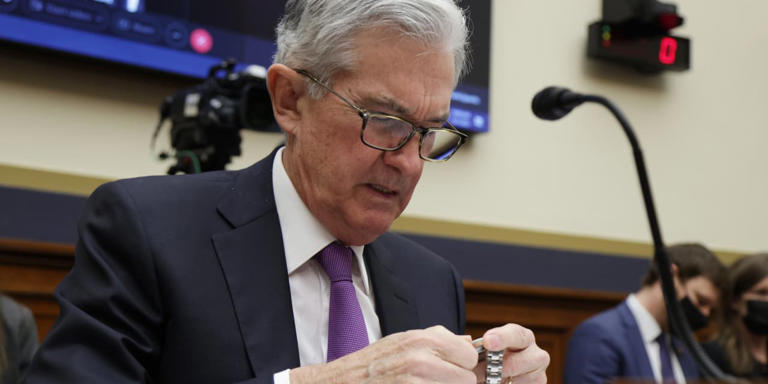The Federal Reserve’s prolonged pause in interest rate adjustments has sparked speculation and analysis regarding its potential implications for the stock market. Lasting over 280 days, this hiatus ranks as one of the lengthiest in modern history, prompting comparisons with past instances of Fed inactivity and their impact on equities. Mark Hackett, Chief of Investment Research at Nationwide, highlights historical data suggesting that extended Fed pauses often coincide with robust stock market performance. He notes that during periods exceeding 100 days without rate changes, equities historically see an average increase of 13%, offering investors reason for optimism.
This current pause commenced following the Fed’s last rate hike in July 2022, which saw the fed-funds rate reach a target range of 5.25% to 5.5%. Initial market expectations of rate cuts in 2024 were tempered by economic indicators, including persistent inflation, prompting the Fed to maintain its current stance. Despite a brief setback in stocks in April, the S&P 500 index has demonstrated resilience, boasting an 8.7% increase year-to-date and a rally of over 12% since the last rate hike.
Jeff Buchbinder, Chief Equity Strategist at LPL Financial, provides additional insight by delving into historical data. He notes that over the past 50 years, the S&P 500 has seen an average gain of 6% during rate pause periods. Furthermore, during the six pauses since 1989, the average gain was even higher at 13.1%, underscoring the positive correlation between prolonged Fed pauses and stock market performance.
While the longest rate pause in modern history occurred from 2006 to 2007 and was followed by the financial crisis, Buchbinder suggests caution in drawing parallels due to unique circumstances prevailing at the time. Instead, he points to the pause in 1995-96 as a more relevant comparison, occurring during an economic soft landing and preceding significant market gains fueled by the dot-com bubble.
In summary, the current environment, characterized by a prolonged Fed pause and economic stability, could signal further upside for stocks in the near term. This echoes previous periods of market resilience and growth, offering optimism for investors amidst ongoing uncertainties. However, analysts and investors remain vigilant, recognizing the potential for unforeseen economic developments and their impact on market dynamics. As such, continued monitoring of economic indicators and Fed policy decisions will be crucial in navigating the evolving landscape of financial markets.
